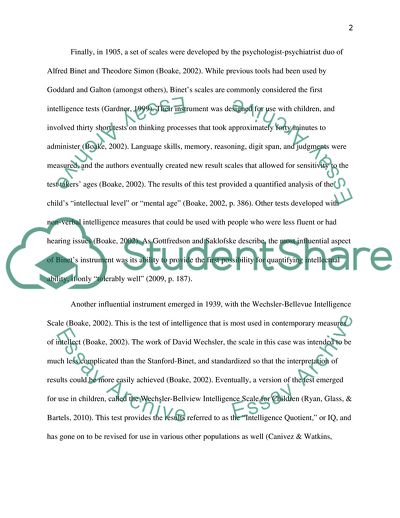Cite this document
(The Foundations of Intelligence Testing Case Study, n.d.)
The Foundations of Intelligence Testing Case Study. https://studentshare.org/psychology/1774577-intelligence-testing-what-intelligence-testing-should-actually-test
The Foundations of Intelligence Testing Case Study. https://studentshare.org/psychology/1774577-intelligence-testing-what-intelligence-testing-should-actually-test
(The Foundations of Intelligence Testing Case Study)
The Foundations of Intelligence Testing Case Study. https://studentshare.org/psychology/1774577-intelligence-testing-what-intelligence-testing-should-actually-test.
The Foundations of Intelligence Testing Case Study. https://studentshare.org/psychology/1774577-intelligence-testing-what-intelligence-testing-should-actually-test.
“The Foundations of Intelligence Testing Case Study”. https://studentshare.org/psychology/1774577-intelligence-testing-what-intelligence-testing-should-actually-test.


